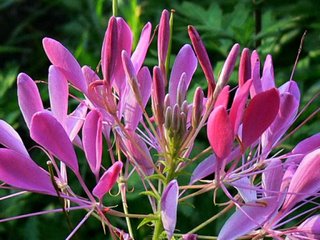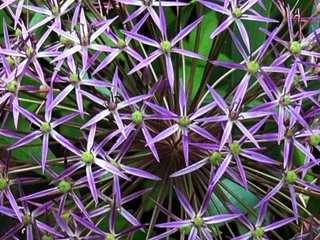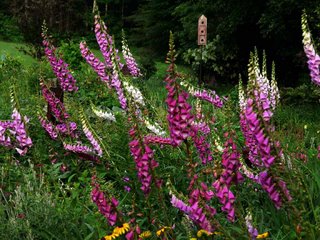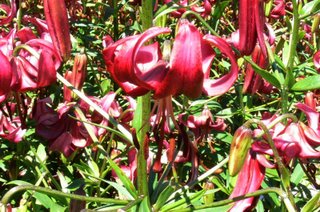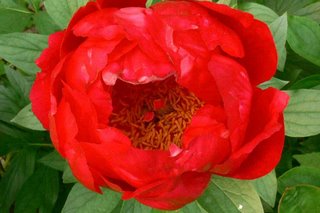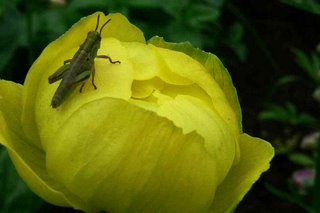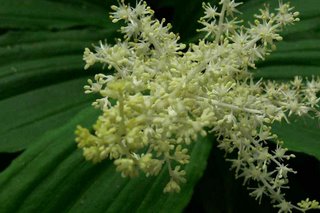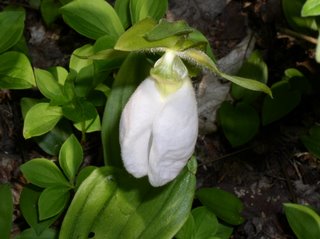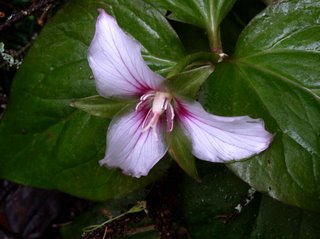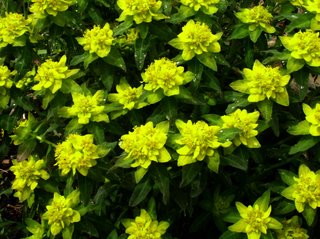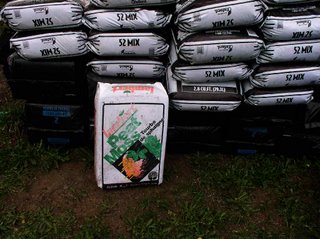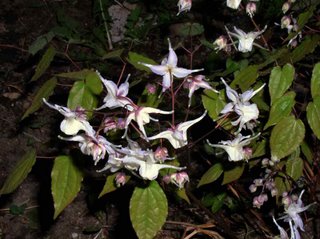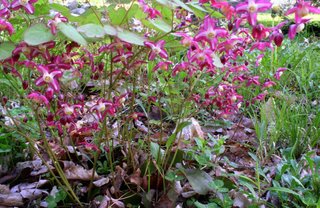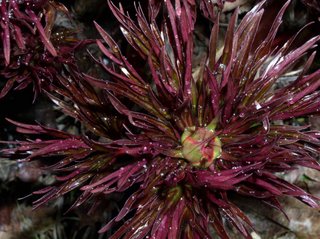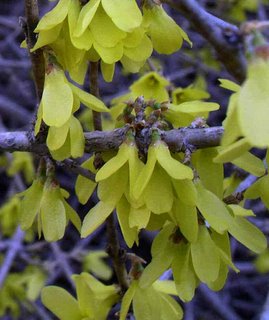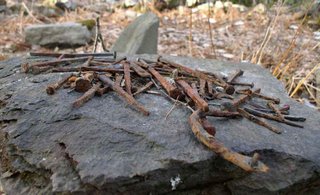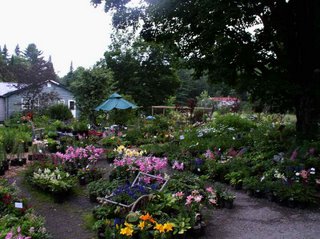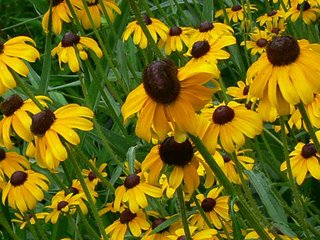 Yesterday turned out to be a hot day but the absence of rain for a change brought out a number of gardeners who wanted to see color and walk our gardens. A couple from Cabot arrived in late morning. They were perhaps beyond serious gardening years but nonetheless enjoyed what our gardens offer. They had been farmers all their lives on a farm that was in the woman's family for five generations. The couple was as devoted to each other as their family had been to farming and life in Vermont. They made me feel good and sad at the same time.
Yesterday turned out to be a hot day but the absence of rain for a change brought out a number of gardeners who wanted to see color and walk our gardens. A couple from Cabot arrived in late morning. They were perhaps beyond serious gardening years but nonetheless enjoyed what our gardens offer. They had been farmers all their lives on a farm that was in the woman's family for five generations. The couple was as devoted to each other as their family had been to farming and life in Vermont. They made me feel good and sad at the same time.Gail invited them to walk down and view the shade garden we have growing within the confiines of an old barn foundation. As soon as she spoke, she noticed that the man's walk was unstready and she cautioned him to consider looking down from "the overlook" instead of negotiating the uneven ground. He agreed as his wife came down to visit. Farming is tough work and it takes its toll on every farmer.
The woman could easily have written a book about life in Vermont and five generations at one place sure generated a lot of stories. I am always fascinated by this type history and listened carefully. The most recent history was the saddest as her brother had been the last to operate the farm. When he passed on early in life six years ago there was no one left interested in farming and taxes encouraged them to look at the Land Trust. The land went into trust and the buildings were sold at auction. Thankfully the land is protected in this format from development and can be enjoyed as long as it remains in trust. I enjoyed my conversation with the lady and could have talked on for some time. I wish she would write about her history.
In 1947, there were 11,200 active farms in Vermont. If you keep this in perspective, almost every one who founded our country was a farmer to begin with, as raising crops and animals was part of survival back then. By the mid-sixties the number of Vermont farms had dropped to under 5000 and today there are less than 1200. After this spring's rains and floods, I'm sure that number has dropped further.
Every farmer, just as every gardener is different. Some are more successful and have more to share than others. Since farming just like gardening is not required on the scale it used to be, more folks need more information about gardening. Here at Vermont Flower Farm we spend a lot of time explaining things to people. That's how we're built and that's what we believe we should do. We give out information every day and by the number of phone calls we receive, we must be doing a good job. Books and the Internet are very helpful but first hand experience has a different meaning.
I can hear some plates rattling and that means breakfast is about ready. We're late today but it's Sunday. In the old days, many farmers tried to take a rest on Sunday. They'd do the necessary milking but they'd try to catch some rest. After breakfast, we'll walk the gardens together and then get ready for our first customers. If you're out and about today, stop by and walk with us. We're different gardeners but we enjoy our gardens and their peace.
From the mountain above Peacham Pond, where the tree swallow kids got kicked out of the nesting boxes and into adolescence yesterday by impatient mothers,
Gardening wishes;
George Africa
http://vermontflowerfarm.com

